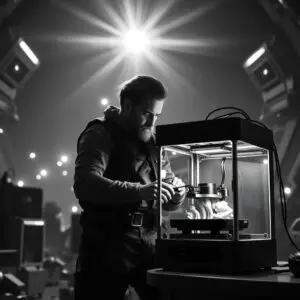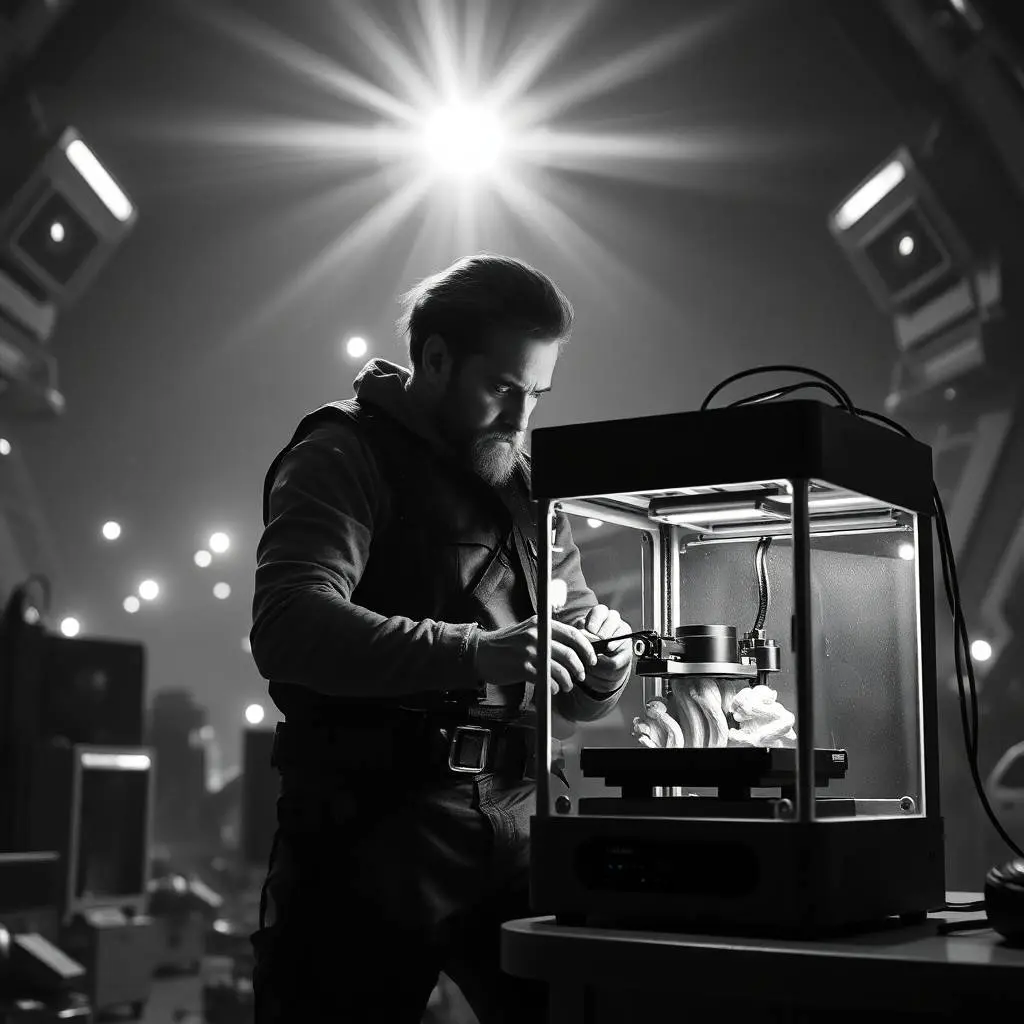As you learned in part 1 of this article series, our complex muscular system is made up of different types of muscle fibers.
We have fibers that allow us to go through low-intensity, long in duration activities like cross running, but we also have fibers that have a high power output, thus allowing us to do short, power-burst activities.
Now, this may lead you to this question – If there are different types of muscle fibers, are there different types of muscle growth as well?
And well, the short answer is- Yes, there are!
In this second part of the article series, we’ll explain just that, so without further ado, let’s get to it, by first answering an important question!
Why Do Muscles Grow?
Though it may seem quite simple, the question of muscle growth is quite baffling for many scientists.
And well, so far science has found that there are 3 main factors that affect muscle growth:
- Mechanical Tension
- Metabolic Stress
- Muscle Damage
Think of mechanical tension as the tension that your muscles go through, under the load you’re using.
This sets off reactions in the body that provide energy for each contraction, using energy substances like carbohydrates.
These substances, when broken down for energy, lead to the accumulation of byproducts – This accumulation, we refer to as “Metabolic stress”.
Ultimately, all of these factors combined lead to microdamage of the muscle fibers.
This, in turn, sets off a flurry of reactions in the body that recover the muscles, allowing them to reach their previous capacity… And then some more.
This is what we call gains! It’s just your body preparing for a bigger load on your next workout.

Is All Growth The Same?
As we mentioned, not all muscle growth is the same, as the training stimulus is your primary determinant.
When it comes to muscle growth, there are two main types:
- Myofibrillar hypertrophy
- Sarcoplasmic hypertrophy.
NOTE: Hypertrophy is just the scientific term for growth.
Think of myofibrillar hypertrophy as the growth of the muscle fibers, which are, the contractile units of your muscles.
This type of hypertrophy is mainly sought after by powerlifters and other strength athletes, as it primarily leads to increased relative strength (strength relative to your body weight).
Myofibrillar hypertrophy is mainly stimulated in the powerlifting rep range of 1-5 repetitions, close to your maximum strength capabilities.
On the other hand, we have sarcoplasmic hypertrophy, which is the growth of the sarcoplasm.
Think of the sarcoplasm as the jelly-like fluid that surrounds the muscle fibers (myofibrils).
This fluid contains non-contractile elements and provides energy for your muscular contractions.
Sarcoplasmic hypertrophy is mainly sought after by bodybuilding and physique athletes, due to its innate ability to increase the bulk growth of your muscles.
This type of growth can be stimulated if you use the bodybuilding rep range of 6-15 repetitions.
HOWEVER…

Volume Is Everything … !
Even though these two types of muscle growth are functional in different ways, the truth is that muscle growth will be practically the same, if your training volume is equated and the set is challenging.
Think of training volume as the total amount of weight lifted in a given set, exercise, or a workout (Weight * Sets * Reps )
To put it simply – In terms of growth, it doesn’t matter if you’re going to do 3 repetitions with 100 kg (300 kg volume), or 5 reps with 60 kg (Also 300 kg volume).
This is valid as long as you train with a challenging weight that brings you close to failure.
Final Thoughts
Muscle growth is something that happens when the body goes through resistance it has never experienced before.
Simply, growth is the body’s preparation for something it hasn’t experienced before.
Depending on the stimulus, you can achieve different types of growth.
In one of the instances, you will primarily gain relative and maximum strength (myofibrillar hypertrophy), while in the other instance you will primarily get bulk muscle growth (sarcoplasmic hypertrophy).
Choose your style of training, depending on the goals you have in mind!
If you care more about maximum and relative strength, focus on the 1-5 rep range to stimulate myofibrillar growth.
And of course, if you care more about how you look, rather than how much weight you can lift for one rep, focus on the 6-15 rep range and dip into the 1-5 range occasionally!






























